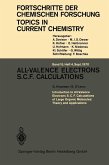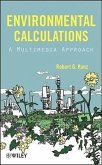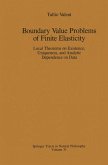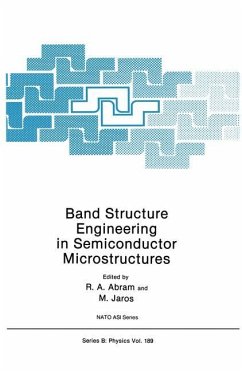Nowadays computation progress can provide very accurate predictions for relatively large molecular systems. For extended systems, if there exists periodicity, one can take into account the periodic boundary conditions. However, such calculations still have a lot of difficulties especially in treating non-periodic perturbations even for one dimension systems. In the present work an alternative method is proposed which extracts an accurate band structure of polymers from oligomer calculations. Apart from examples demonstrating the reliability of this method, calculations on series of complex quasi-one-dimensional compounds such as weakly interacted suprumolecular complexes and nanotubes have been carried out. The method proposed here allows to build a disturbed band structure for periodic systems with local defects. With such development the method becomes a universal tool for studying localized as well as extended systems making a bridge between molecule and solid. It should be especially useful to researchers in solid state physics and quantum chemistry interested in calculations for periodic systems with large unit cells or systems with disturbed periodicity.
Bitte wählen Sie Ihr Anliegen aus.
Rechnungen
Retourenschein anfordern
Bestellstatus
Storno








